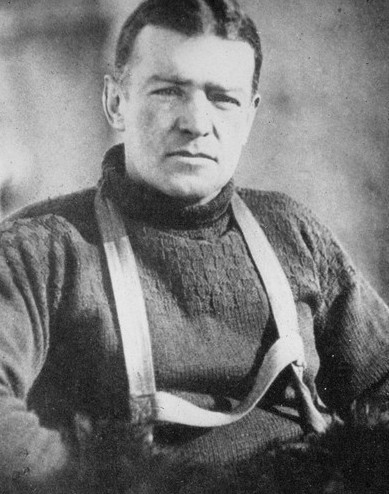Most of the book is a flip-flop between a fictional story and a nonfictional account of scientists' opinions on the extent of climate change, and the first time that it happens will probably come across as a little jarring to the reader, because it certainly left me a little taken aback. In the fictional portion of the story, a woman and her daughter, Emily and Jenny, are fleeing as refugees to one of the only habitable and safe parts of the world, Antarctica. I really appreciated how the author can tell a fictional story with fictional events but in a believable way that feels grounded.
The science journalism aspect of the book is hitting the nail right on the head with what White wants to discuss with climate change, even if it disrupts the flow of the narrative a bit. Besides getting some interviews with contemporary scientists, the book also delves into some of the business with the Intergovernmental Panel on Climate Change (IPCC).
White was inspired by some supposed stories of the real Earnest Shackleton, who tried to make it to the South Pole and failed, but saved some people in his open boat in sailing from Antarctica to South Georgia. He wanted to explore what would happen if the entire Antarctic ice sheet melted, which would be the last hope for refugees escaping the climate disasters all over the rest of the world. It has some parallels to stories of refugees who flee their countries due to political or economic turmoil, except in this this case people are leaving their homes for a more habitable area.
Here are a few quotes:
- "The travelers could smell the potent and unmistakable human cocktail carried to them across miles of ocean (10).
- "It felt as if they were at the centre of some chaotic universe of sound created by so much humanity on the move and this vicious wind that whipped and tore and rattled at everything" (17).


Your story sounds somewhat like the one in my film, Chloe and Theo. Although there was a main back drop of global warming, the ideas were not presented particularly well. It is interesting that your story was a mixture of fiction and non-fiction. Most of our books have been strictly one or the other.
ReplyDeleteThe irony of the most inhabital or "freezing" locations are now the safehavens is such a clever concept. I'm sure the author does a great job of capturing the panic or desperation of mankind in a realistic way.
ReplyDeleteThis book seems like a really interesting story. From what you've said though, I would have to agree it seems like a lot for a young reader to keep up with. Did you find that it was too confusing to enjoy, or was it manageable?
ReplyDeleteI think this book seems to capture the perfect way of presenting climate change information. It is fine to have a little creativity with the characters and the plot but the science definitely needs to be accurate. Based on your blog, it seems the author does just that.
ReplyDeleteThis sounds like a great read, since it makes you have to think because of all the jumping around. Though this might be difficult for some to comprehend if intended as a young adult novel. It seems like some of the fictional aspects of this book are something that could actually be plausible in the future, like having to migrate to the poles as our planet gets warmer.
ReplyDeleteI would be really interested to see some passages pulled from your book. I think it would be great to examine a piece from everyone's books.
ReplyDeleteIt sounds really cool how this book mixes non-fiction with a story. The story sounds interesting as well. I think this combination could make this a really great book for students to read-although it does run the risk of being a bit confusing.
ReplyDeleteIt is reassuring that your YA book actually discussed climate change in depth. From my own experience and reading the blogs it seems that many of the books only used climate change as the reason the world changed and never really touched on it after the first chapter.
ReplyDelete